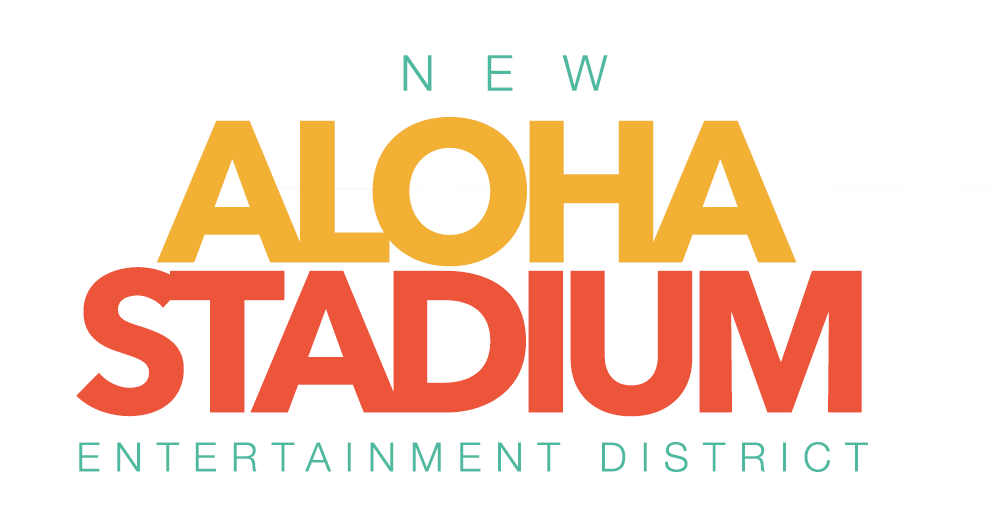Honolulu Star-Advertiser
Editorial | Our View
October 18, 2021
State agencies and their private partners are practically giddy about their plans to replace the decaying Aloha Stadium and its vast parking lot with something great — whatever that may be.
On Tuesday, the state published an online request seeking information and a preliminary master plan from potential bidders to develop the 73 acres adjacent to a planned new stadium that would replace the Rust Palace.
“This is an exciting time,” said Curt Otaguro, head of the state Department of Accounting and General Services (DAGS), which is leading the procurement efforts. “When else do we have the opportunity to build a new community?”
The answer: Almost never. That’s why this dual project — a new stadium and an adjacent real estate development, all on prime public property with a rail transit stop — needs to be developed, first and foremost, in the public interest.
Whether that happens will depend on the negotiating ability of the state officials in charge, particularly those from the Stadium Authority and DAGS. They need to ensure the winning developer pays a fair price for what could be a 99-year lease, because those rent payments could be used to cover the cost of a new stadium. And the project should include elements critical to transit-oriented development (TOD): a substantial amount of affordable housing and useful retail/commercial services that will attract local residents.
Officials also will need to maintain a transparent process throughout, allowing the public to weigh in on what will be built. After all, the project shouldn’t be a “build-it-and-they-will-come” gamble. It needs to meet the real needs of the Oahu community at large.
So far, the public knows little. The New Aloha Stadium Entertainment District, or NASED, is envisioned to be a vibrant residential/hotel/commercial/entertainment district adjoining a new multipurpose Aloha Stadium. Conceptual drawings show gleaming midsize residential and hotel towers and open shopping and dining areas, all wrapped around a new open-air stadium facility.
The project could include around 3,300 homes, 650 hotel rooms, retail space, offices and parking structures holding at least 4,000 spaces. Or not.
Most of the details will be filled in by the winning developer, whose interests may or may not coincide with the state’s. Indeed, the wide-open possibilities in a broadly defined “entertainment district” could lead to proposals very different from the visions of civic- minded TOD planners.
It’s already troubling how the priorities have shifted. Originally, the state planned first to replace the nearly unusable Aloha Stadium, touting the new facility as the centerpiece of the rest of the development, which would complement it. The new stadium could be a genuine public benefit: a smaller, state-of-the-art venue that could be used for everything from football to top-drawer concerts to large community events.
The NASED team expects to deliver a request for proposals from three finalists before the end of the year, but has offered no projected timetable for building the stadium, estimated (at the moment) to cost about $400 million.
Meanwhile, NASED officials have laid out the anticipated schedule for the real estate portion: Construction could begin in late 2022 or early 2023, after a committee of state officials and development industry experts narrows down the proposals and selects a winner in September.
Of course, it’s better to move ahead with developing this property than leaving it to stagnate through government inertia. But it has to be done right. One only need look at Aloha Tower Marketplace, the highly touted shopping/entertainment harbor development built on land leased from the state. It opened with much fanfare in 1994 but never quite caught on, quickly becoming a financial black hole.
Let’s make sure NASED doesn’t suffer a similar fate.
READ FULL ARTICLE HERE.

